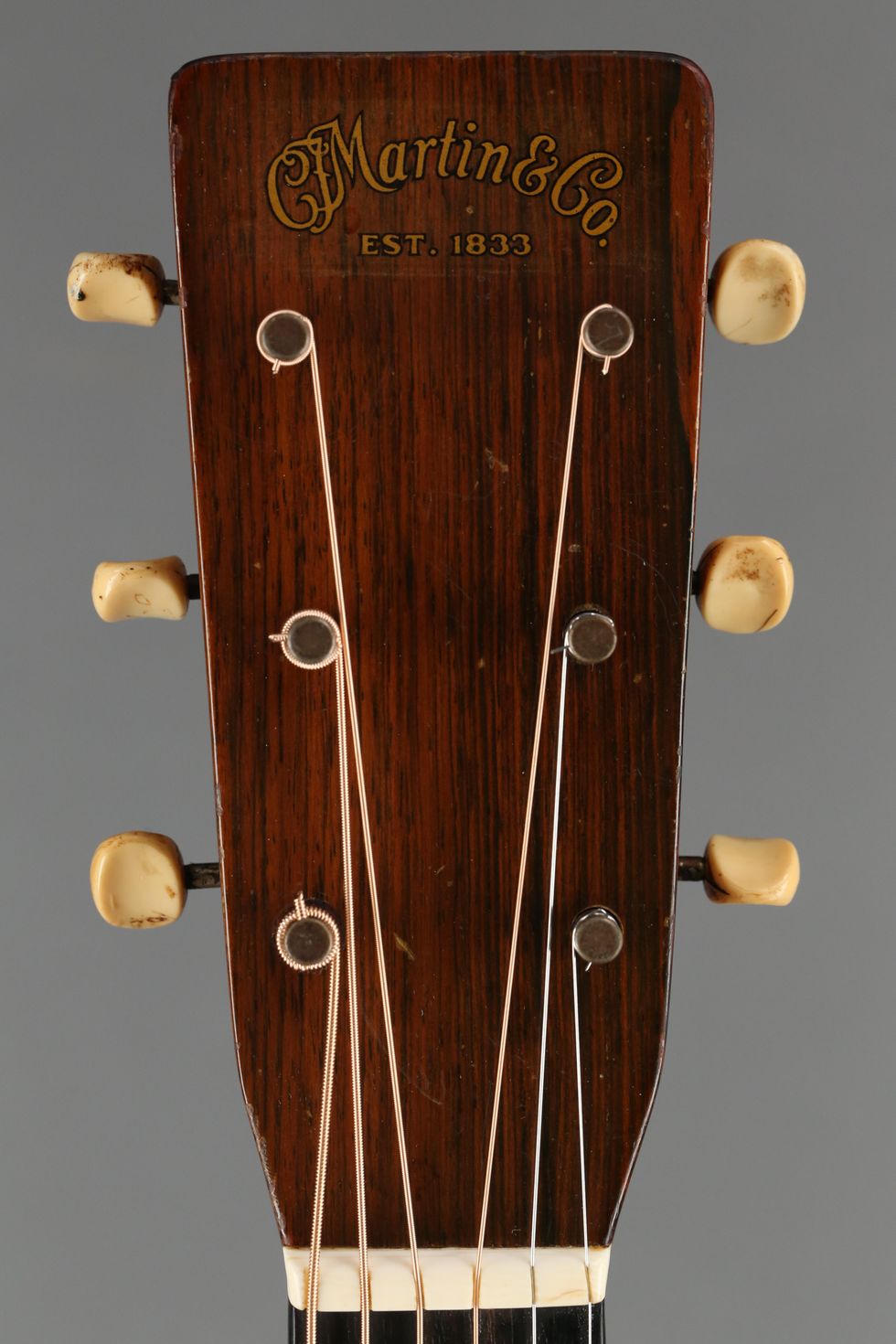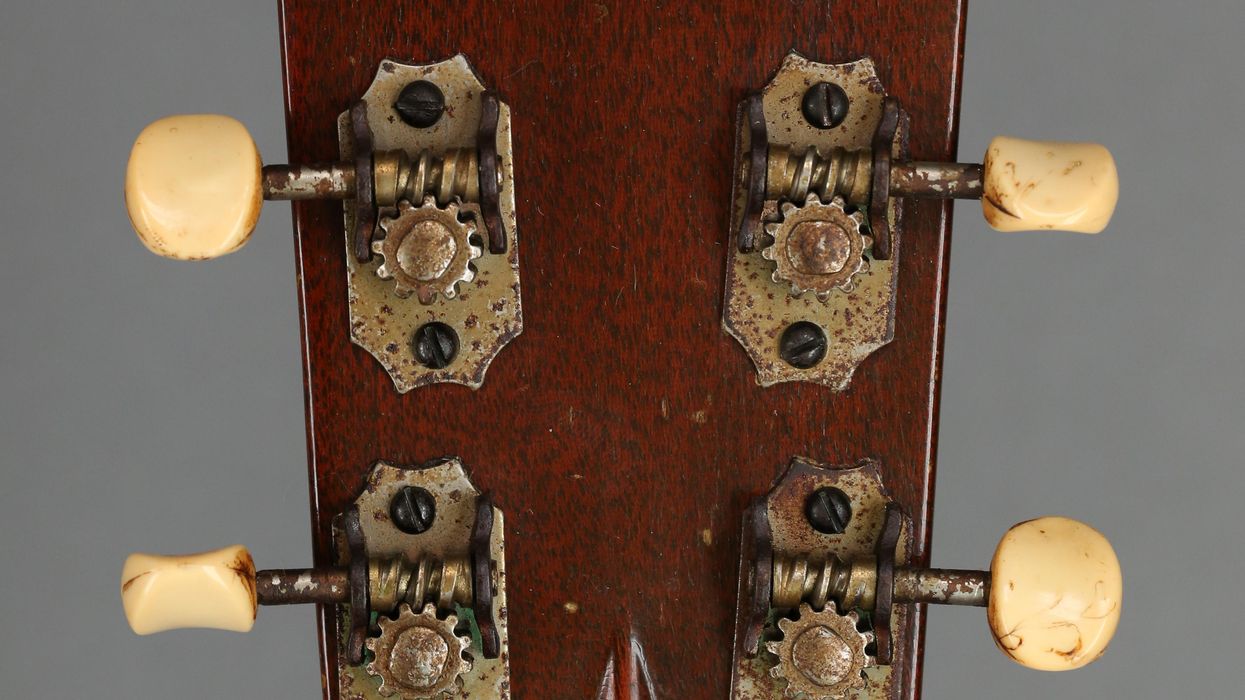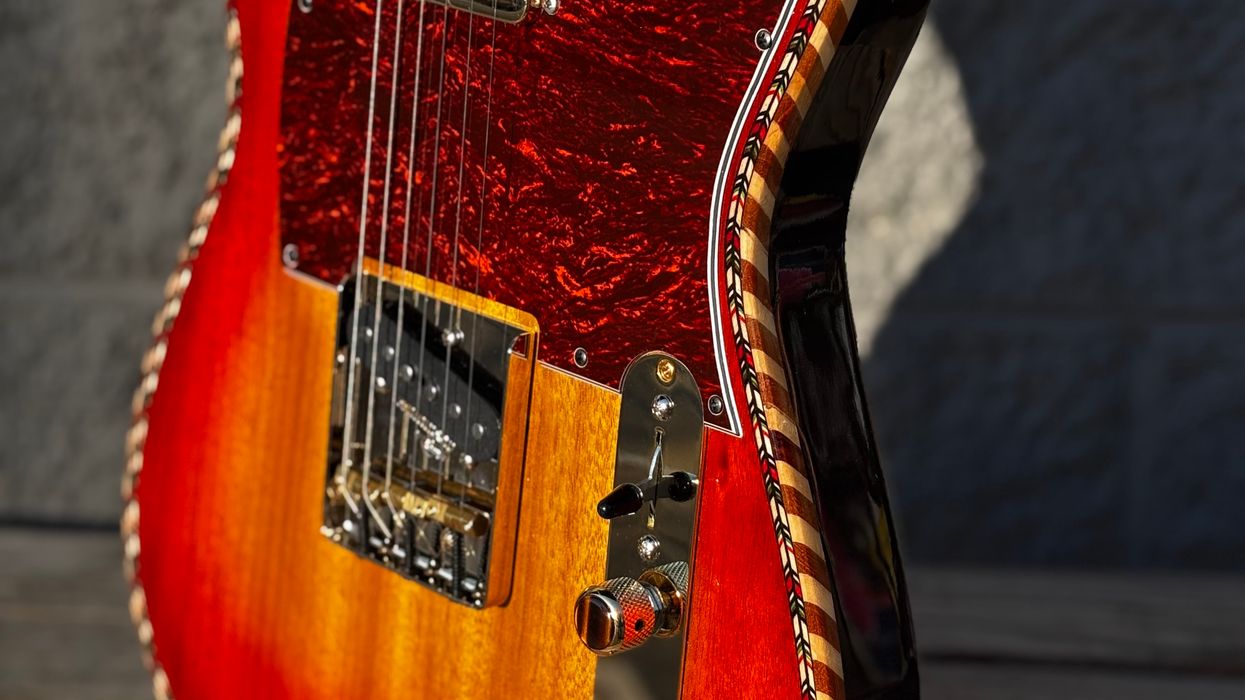As we all remember, Covid hit the music industry hard in early 2020: music stores and concert venues were closed, guitar manufacturers shut down, and in-person instruction essentially disappeared almost overnight. Fortunately, lockdowns and the resulting surge of interest in playing music at home proved that even a pandemic couldn’t kill our love for the guitar. And thanks to YouTube tutorials and Zoom lessons, the number of hours that people actually played their instruments went from hardly-ever (for some) to all-the-time. Maybe you couldn’t find that new guitar model you’d been saving for, but at least you could play the guitar(s) you already had.
For many players looking for a new instrument, 2021 began filled with hope but proved to be a year of waiting as Covid variants kept most North American guitar makers off balance. But with each new year, there’s new hope. Despite Omicron, 2022 has seen a breakthrough in guitar production, with more new instruments arriving in stores and online sources having actual instruments to ship. However, some of those new instruments aren’t exactly like the models depicted on the manufacturers’ websites: The tuners or the pickguard may be slightly different, for instance, and the case you saw with a favorite model last year is not the same as the case included today. Are guitar makers resorting to the old bait-and-switch? What gives?

Here's another look at that post-WWII D-28 headstock.
Welcome to Covid Wars, V2. We’ve more or less learned how to live with the virus, luthiers are back at their benches, and the machinery is humming. But now there’s a different problem: Getting the wood parts of a guitar machined, glued together, and finished isn’t much of an issue, but when rounding up the other parts—all the made-elsewhere stuff needed to make that beautiful wood sculpture into a functional and shippable musical instrument—there’s often something missing. Maybe the delivery of that subtle, vintage-look pickguard material is back-ordered, and where are those cases? Weren’t they supposed to have arrived weeks ago?
Perhaps we’re learning how to live with Covid rather than run and hide from it, and maybe both the manufacturing facilities that build guitars and the myriad of factories and small machine shops that make parts for guitar companies are working full time or even overtime, but that doesn’t mean we’re back to normal. Whether it’s household appliances, new cars, or new guitars, the stumbling block—and one we’re sick of hearing about—is a seemingly confused and disorganized supply chain. Skyrocketing demand is thwarted by shipping delays and off-the-charts price increases, while some parts have been discontinued simply because the manufacturer switched to making something more profitable. And then there are the parts that go into making parts, such as handles and latches for cases and even the all-important components needed in the recipe for that lustrous finish.
We’ve more or less learned how to live with the virus, luthiers are back at their benches, and the machinery is humming. But now there’s a different problem.
It might seem like the right thing for guitar manufacturers to do would be to wait out these supply-chain delays and not ship those nearly completed instruments until all of the right components have arrived. But remember that at such a late stage in production, a lot of money has been invested in those beautiful unstrung hulks hogging climate-controlled storage space that’s in short supply. For small independent builders, waiting to deliver an instrument for more than a couple of weeks simply isn’t an option. Bills and salaries must be paid.
For those who relish the historical angle, these latest parts swaps caused by supply-chain issues are a repeat of what guitar manufacturers faced 80 years ago, during WWII restrictions on the use of brass and steel, not to mention parts made overseas. Remember those 1940s Martins and Gibsons with cheesy lightweight tuners and necks with no steel reinforcement? The end of the war didn’t result in the immediate return to pre-war specs, and so it is with the war against Covid, which is still far from being over.
There’s not much you can do if your long-awaited dream guitar shows up with a few parts that are different from what you were expecting, and it’s probably best not to complain too loudly to non-guitar-playing friends. If you’re healthy and still playing music, you are a fortunate survivor of the Covid Wars and chances are good those different tuners work just fine. Keep playing and enjoy all those tunes and licks you learned while in lockdown!















